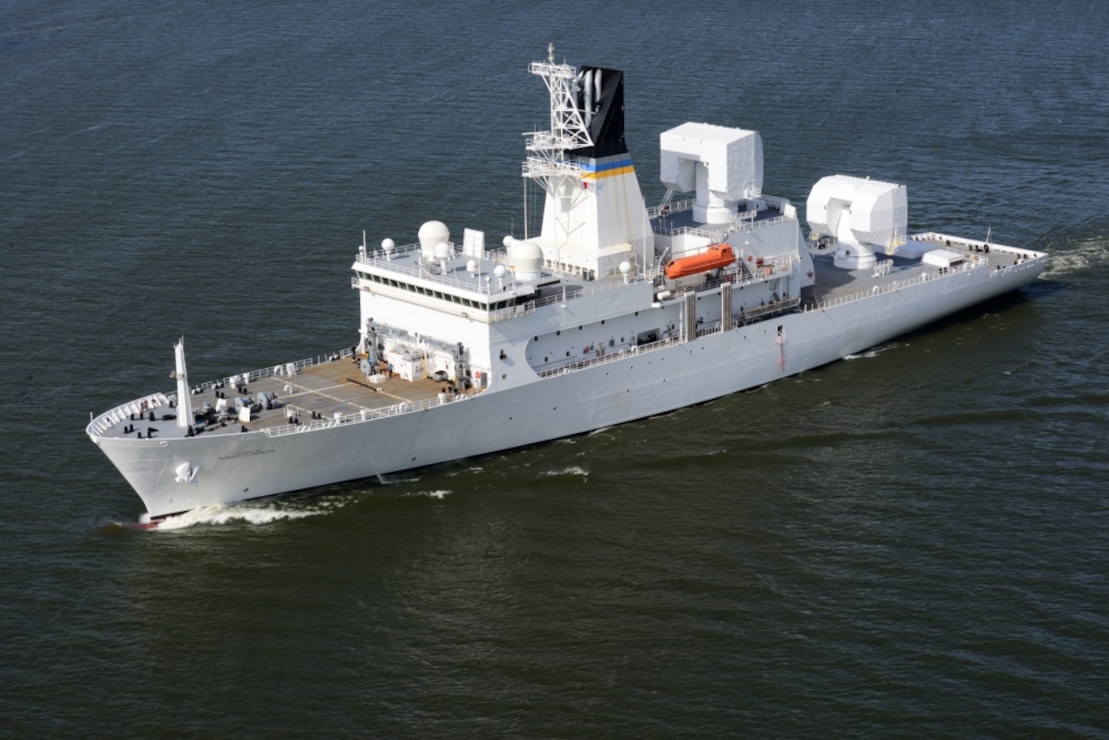Reference
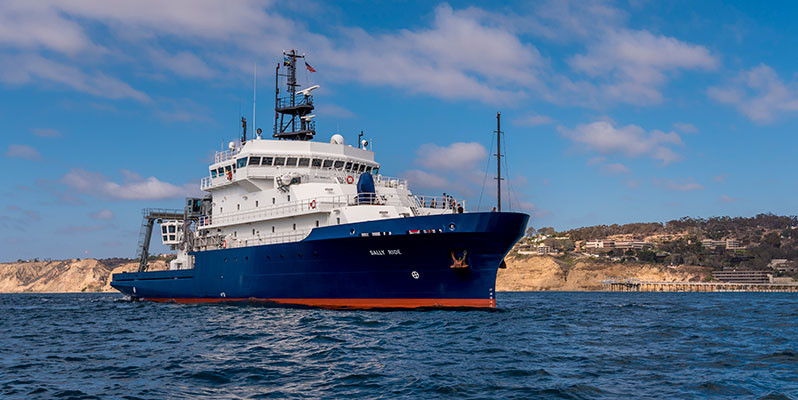
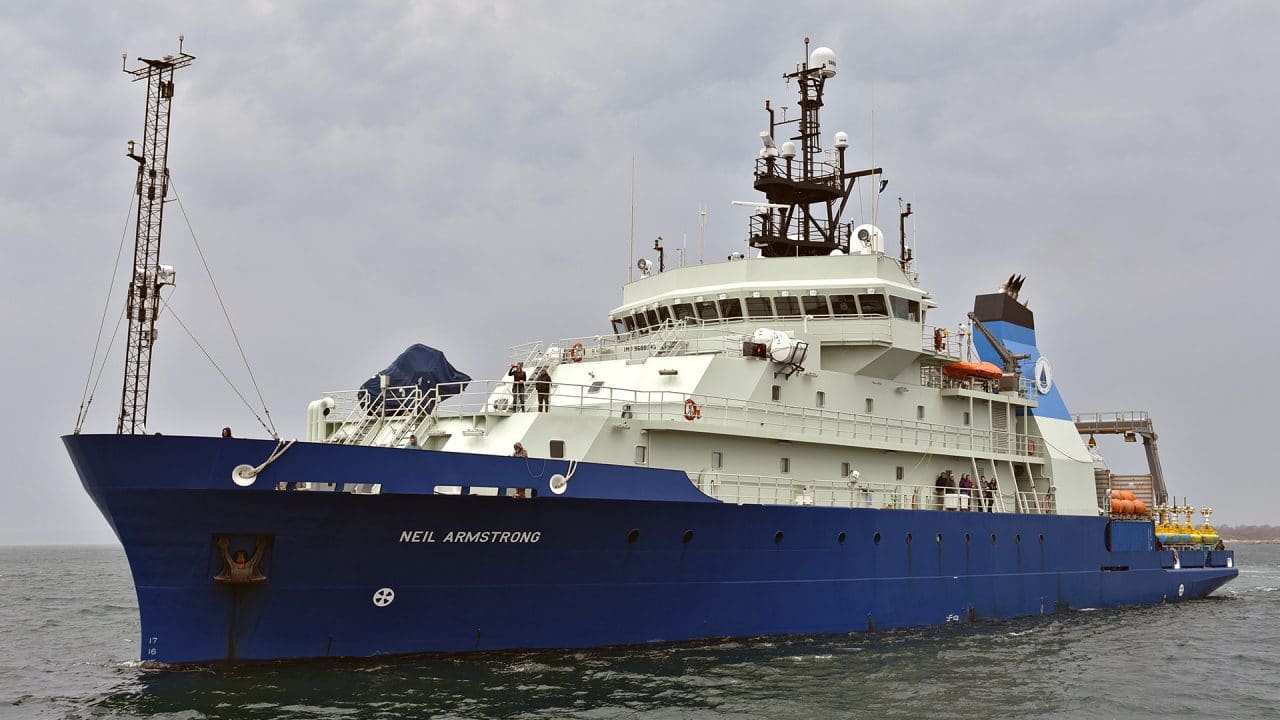
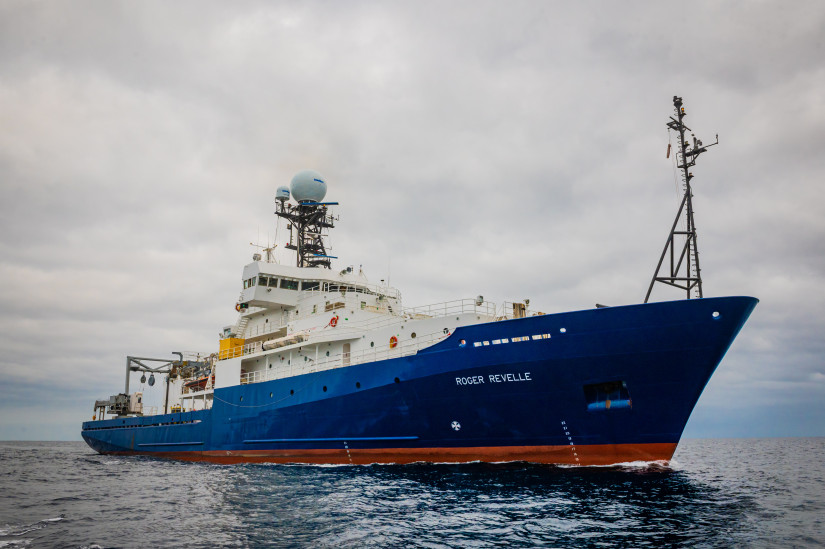
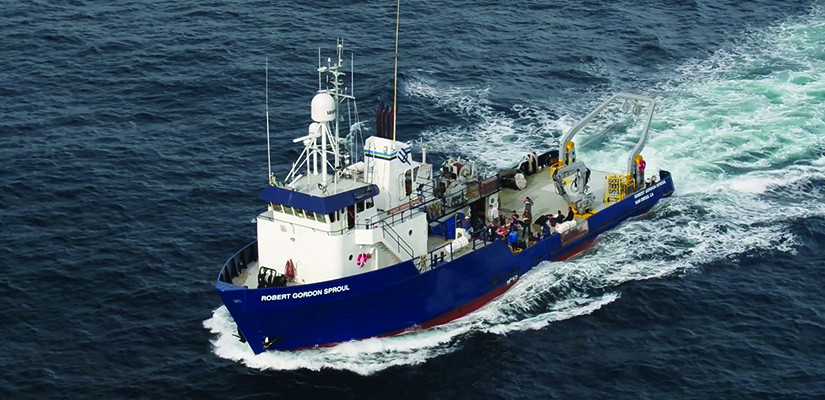
OpenAI's Answer
Oceanographic research ships are organized into various classes based on their capabilities, mission range, and specific research functions. Here are some commonly recognized classes:
-
Global Class: These are high-endurance, multipurpose research vessels designed for comprehensive, interdisciplinary research in non-ice-covered regions around the world. They are capable of long-duration missions and can support a wide variety of research activities. Examples include the R/V Thomas G. Thompson and R/V Roger Revelle.

-
Ocean Class: These vessels are built for interdisciplinary research similar to Global Class vessels but with a more limited range. They are modern, well-equipped ships that often participate in diverse scientific expeditions. An example is the R/V Neil Armstrong.

-
Regional Class: These ships are smaller than global and ocean classes and are designed for research within specific regions, such as continental shelves and nearshore areas. The Taani class Regional Class Research Vessels are an example.

-
Pathfinder Class: This class includes oceanographic survey ships equipped with specialized tools for mapping and surveying the ocean floor. They have multipurpose cranes and winches for deploying various instruments.
-
Auxiliary General Purpose Oceanographic Research (AGOR) Vessels: These ships have modern mono-hull designs and are used for multidisciplinary oceanographic research. The Neil Armstrong class falls within this category.
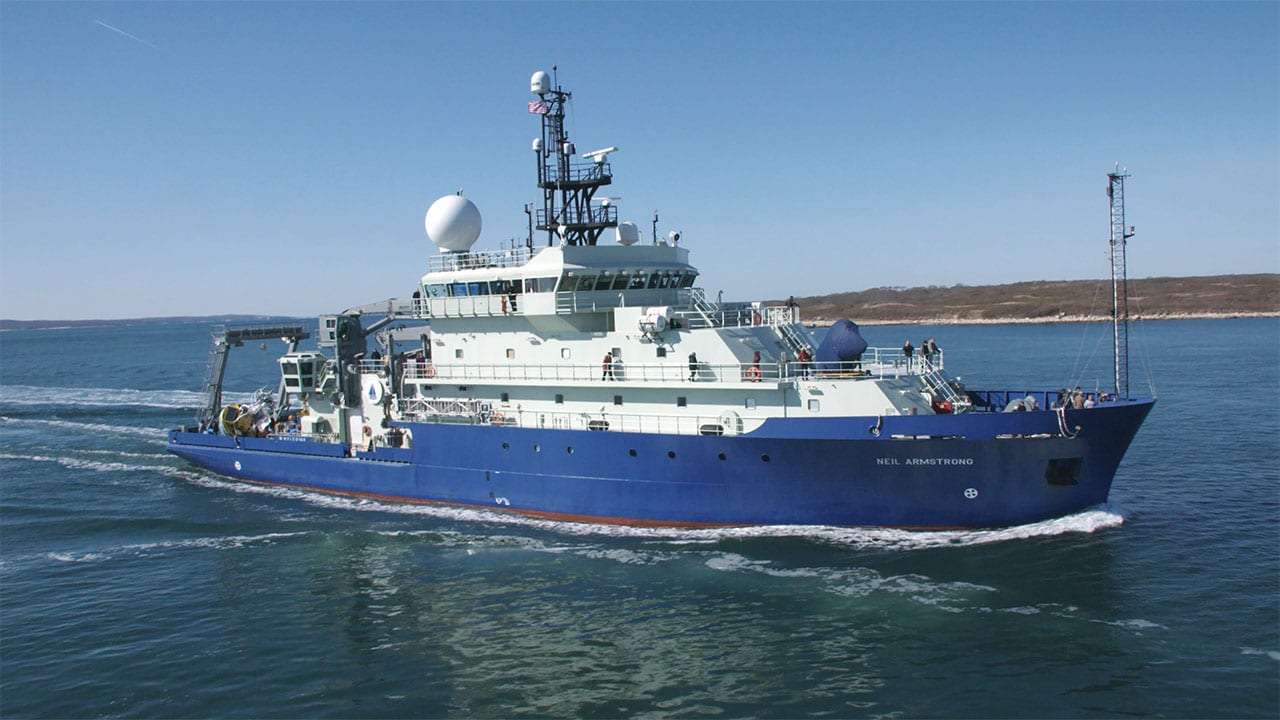
For more in-depth information regarding the different classes and specific ships, you can refer to resources like UNOLS and Scripps Institution of Oceanography.
Follow Up
Related
What classes of dispatch boats are detailed in the content?
Which submersibles are classified under Harmony class and Jiaolong class?
What are the main differences between the Oberon-class and Porpoise-class submarines?
What are the specifications of the hydrographic survey ships listed?
What are the various classes and types of minehunters described?
